
Bill 15: this ‘blank cheque’ legislation could dramatically change how B.C. approves major projects
Premier David Eby says new legislation won’t degrade environmental protections or Indigenous Rights. Critics warn...
Get the inside scoop on The Narwhal’s environment and climate reporting by signing up for our free newsletter.
The B.C. government is considering listing more than three dozen plants and animals as species at risk in a move that could allow officials to better protect critical habitat from clearcut logging, according to records The Narwhal obtained through a freedom of information request.
Under the Forest and Range Practices Act, the B.C. government can set aside wildlife habitat areas where logging is limited or banned or establish wildlife conservation objectives forestry companies must consider in their operations. However, these tools can only be used to protect plants and animals listed as at-risk species under the act — a list that hasn’t been updated since 2006.
“The significance of this is actually monumental,” biologist Jared Hobbs told The Narwhal in an interview.
If a species isn’t on that list, it isn’t afforded any protections under the act and “we can do nothing for it,” he said.
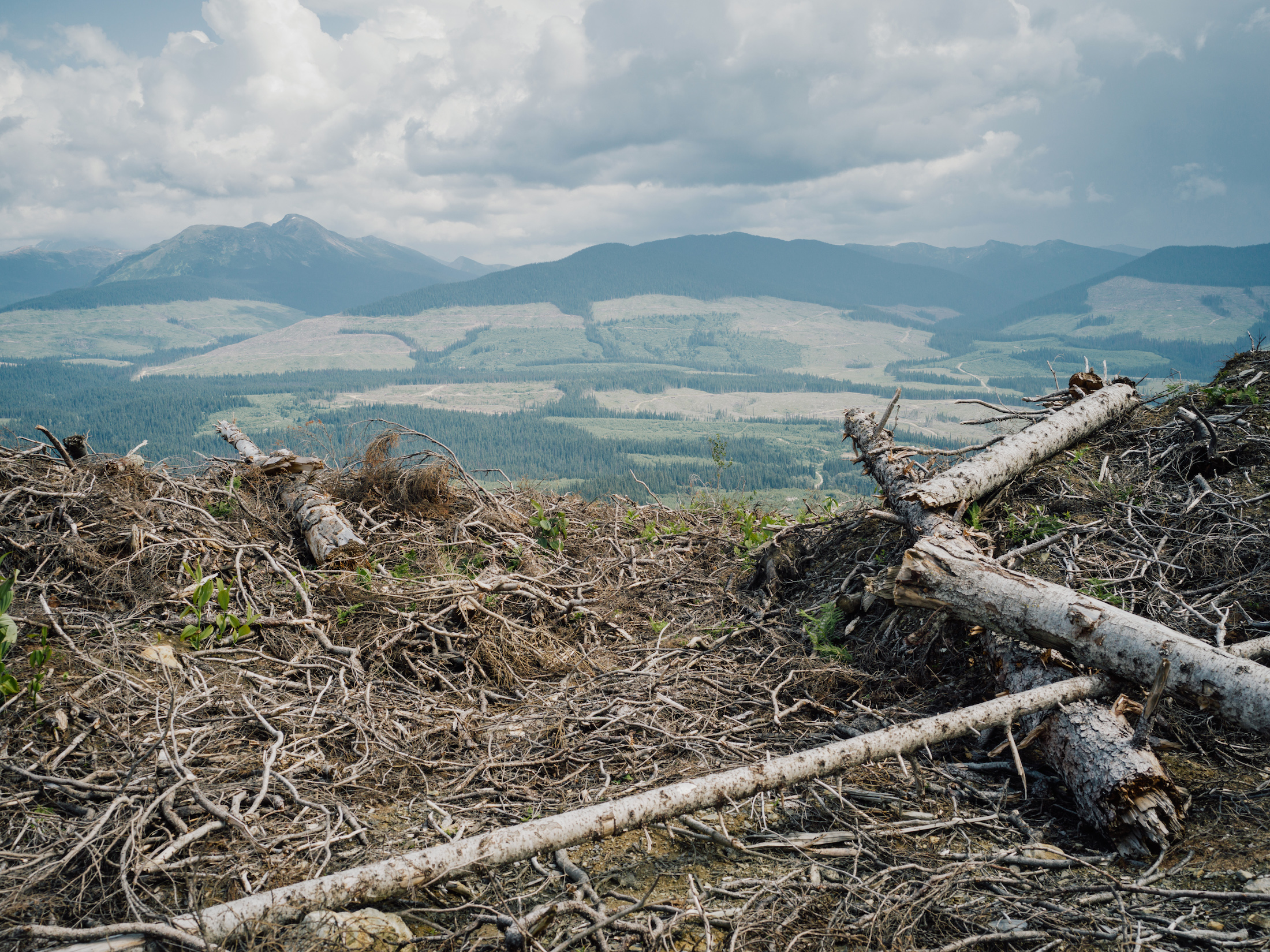
“It’s good to see the government recognize that the list needs to be updated,” Sarah Korpan, a legislative affairs specialist with the environmental law charity Ecojustice, said in an interview.
The key is what happens next, she said.
“If you go to the doctor and you just get a diagnosis, but you don’t get a treatment, then it doesn’t really feel like you’re getting the medical care that you need,” she said. “It’s the same thing with a list like this.”
Currently about 85 plants, animals and ecological communities are listed under the Forest and Range Practices Act. That’s far fewer than the roughly 1,950 species and ecological communities the B.C. government’s conservation data centre considers to be at some risk of extinction or even the 330 species in B.C. considered to be endangered, threatened or of special concern by the scientific committee that advises the federal government on at-risk species. While not all of those species may be affected by logging or range activities, internal government records acknowledge the list under the Forest and Range Practices Act “has become out of alignment” with the federal list.
To help address this, provincial officials have proposed listing an additional 42 species under the provincial act, including bison, mountain goats, wandering salamanders, yellow rails, Interior Fraser steelhead and hoary bats, according to the internal records. Another seven fish species have been proposed for listing in a subsequent update.
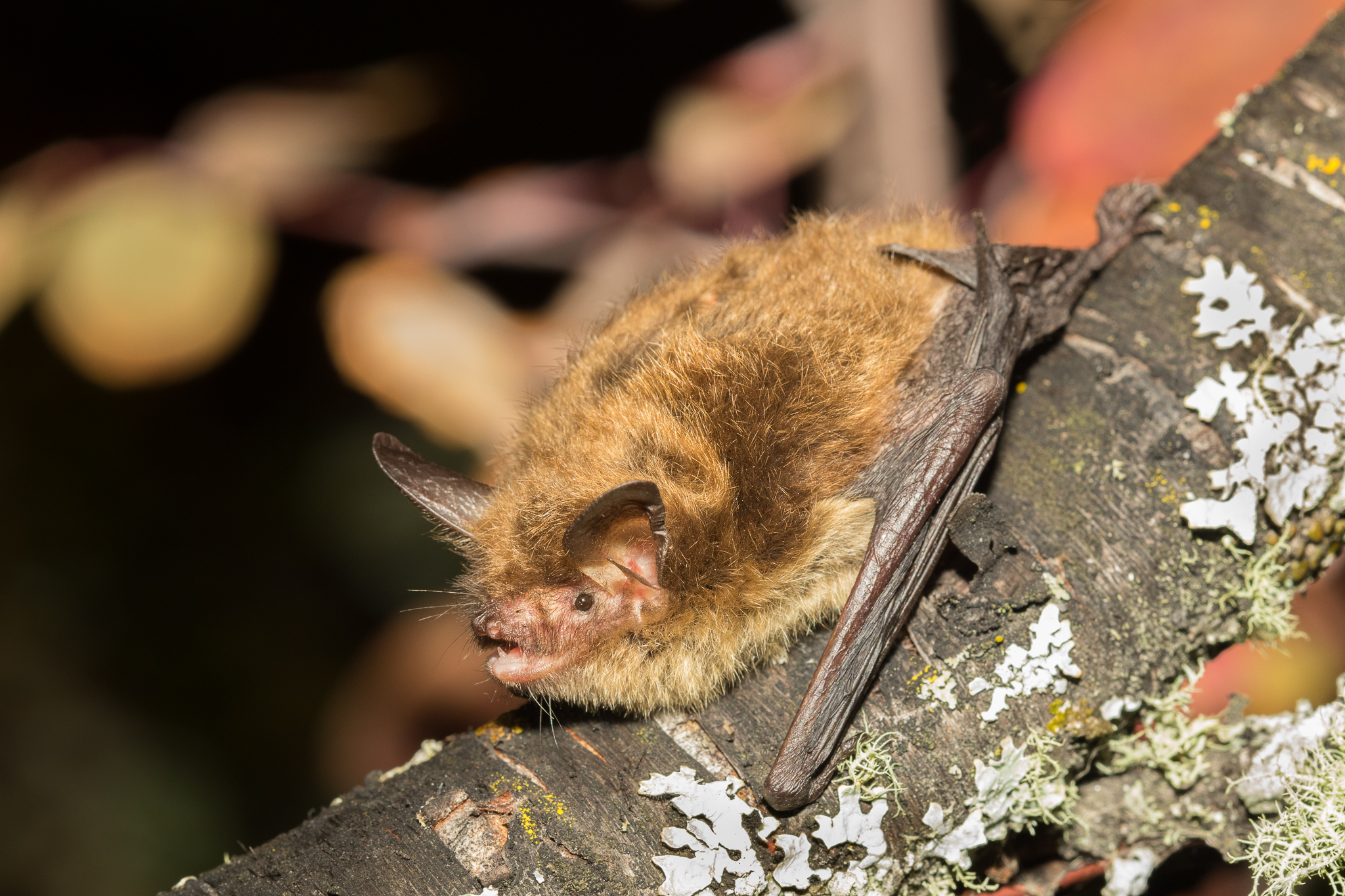
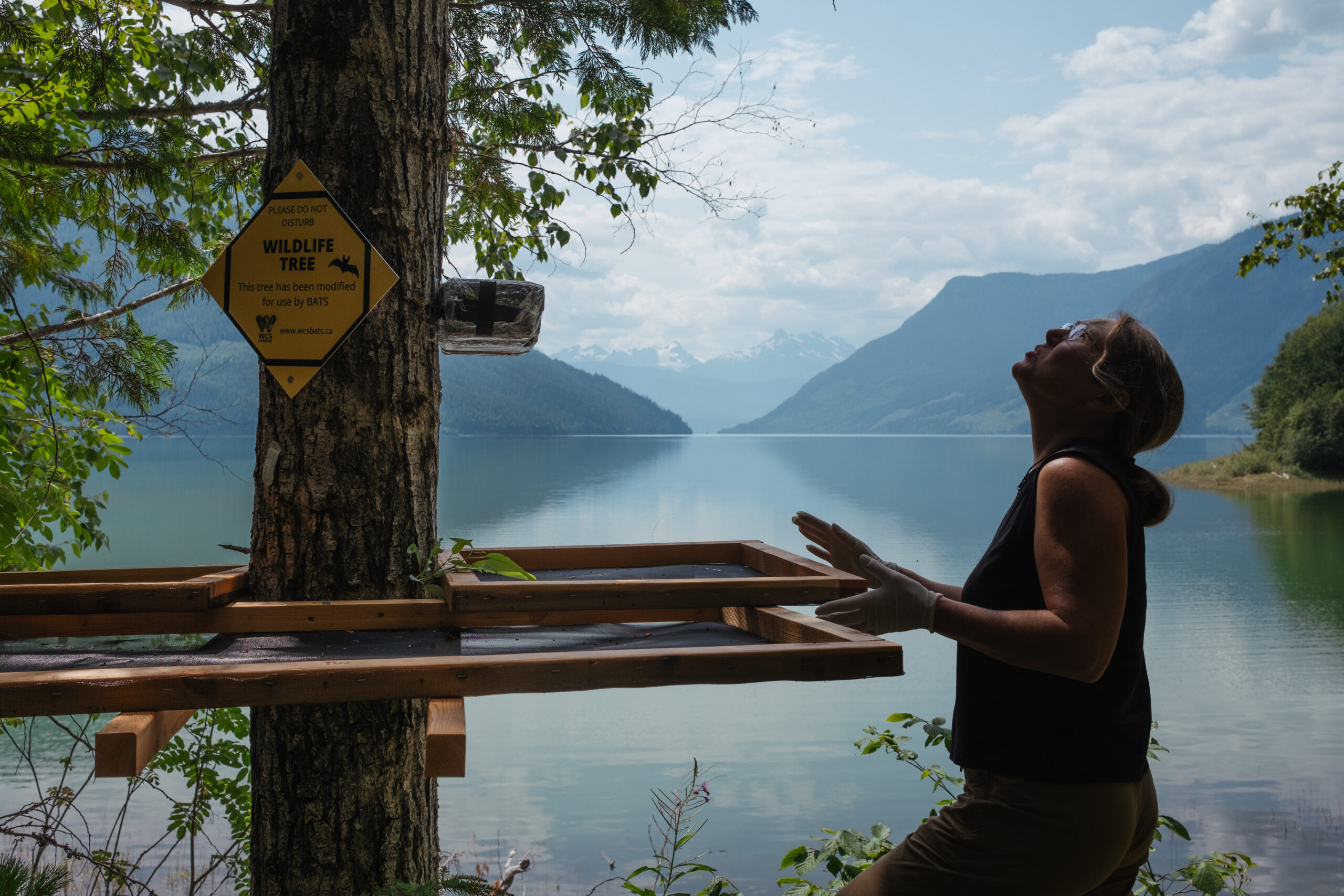
“There is some urgency to update the species lists so that wildlife habitat provisions under [the Forest and Range Practices Act] and [Energy Resource Activities Act] are enabled for these species, many of which are experiencing declines or are at risk,” officials wrote in an October 2023 briefing document.
Despite this urgency, the list won’t be updated before the Oct. 19 provincial election.
In a statement to The Narwhal, a spokesperson for the Ministry of Water, Land and Resource Stewardship said the ministry has engaged with First Nations, industry associations representing forest, range and oil and gas sectors and other stakeholders about the proposed updates.
After the election, ministry officials will provide an update to the minister on the work completed to date.
While observers say listing species under the Forest and Range Practices Act is a positive step, some warn it may not be enough to recover declining wildlife populations.
“Very few species under that list have seen a lot of effective measures put in place to protect and restore their populations,” Korpan said. “The stark example here is the fact that the spotted owl is on this list.”
Northern spotted owl populations plummeted as the old-growth forests they relied on in southwest B.C. were systematically cut down. Despite these declines, logging has continued in what little habitat the owls have left, even as the province invested several million dollars in a captive breeding program it says will help recover the population.
“This is a wickedly powerful piece of legislation that is grossly under implemented,” Hobbs said.
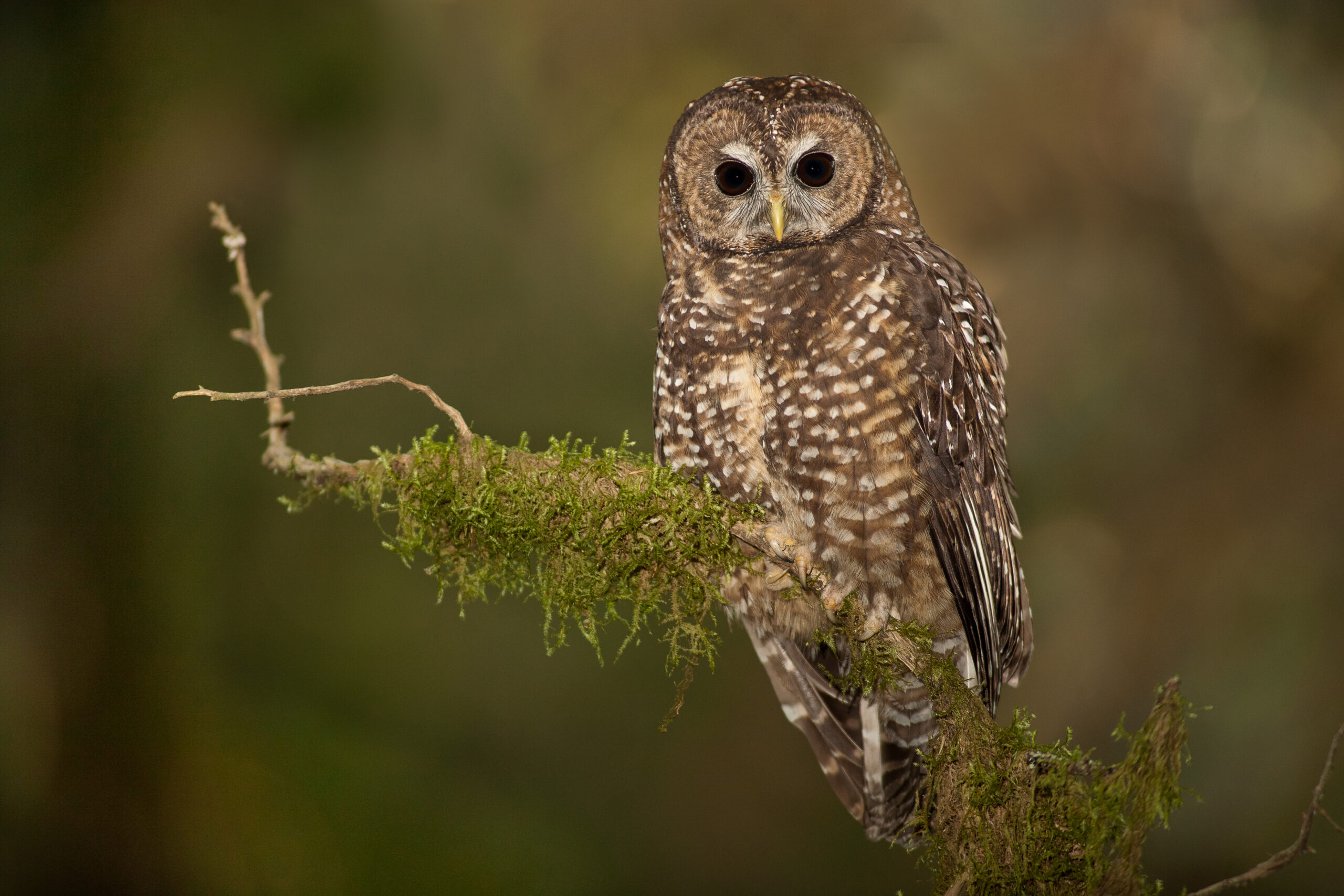
He said two major challenges have limited the effective use of the wildlife provisions under the Forest and Range Practices Act for some species, the first being a lack of resources. The second was a clause in the act’s regulations that constrained the government from “unduly reducing the supply of timber from British Columbia’s forests” in its efforts to protect at-risk species.
In some cases, that clause meant some of the wildlife habitat areas biologists proposed to protect at-risk species such as the spotted owl and marbled murrelets were not established and instead left open to logging, Hobbs explained.
But the unduly clause has now been revoked. That “opens up the gates for us to propose protection of habitat for these species at risk,” he said.
Hobbs was contracted by the Ministry of Water, Land and Resource Stewardship to identify potential wildlife habitat areas for the species that could be added to the at-risk list.
For just 33 of the species under consideration, Hobbs identified more than 735,000 hectares that could be protected as wildlife habitat areas under the Forest and Range Practices Act if those species are listed. And, he’s confident he could identify more potential habitat to protect.
“It would be a huge advance and step forward in their protection and recovery. And it’s one that can’t be overestimated. It is massive,” he said.
While Hobbs said wildlife habitat areas have been criticized for being “a bit of a postage stamp approach, if you look at the landscape, 2,000 postage stamps add up.”
In some cases, though, any protections the Forest and Range Practices Act may offer newly listed species could be too little, too late, Jesse Zeman, executive director of the B.C. Wildlife Federation, said in an interview.
Provincial officials have, for instance, proposed listing the upper Fraser River, Nechako River, Upper Columbia River and Kootenay River populations of endangered white sturgeon under the Forest and Range Practices Act.
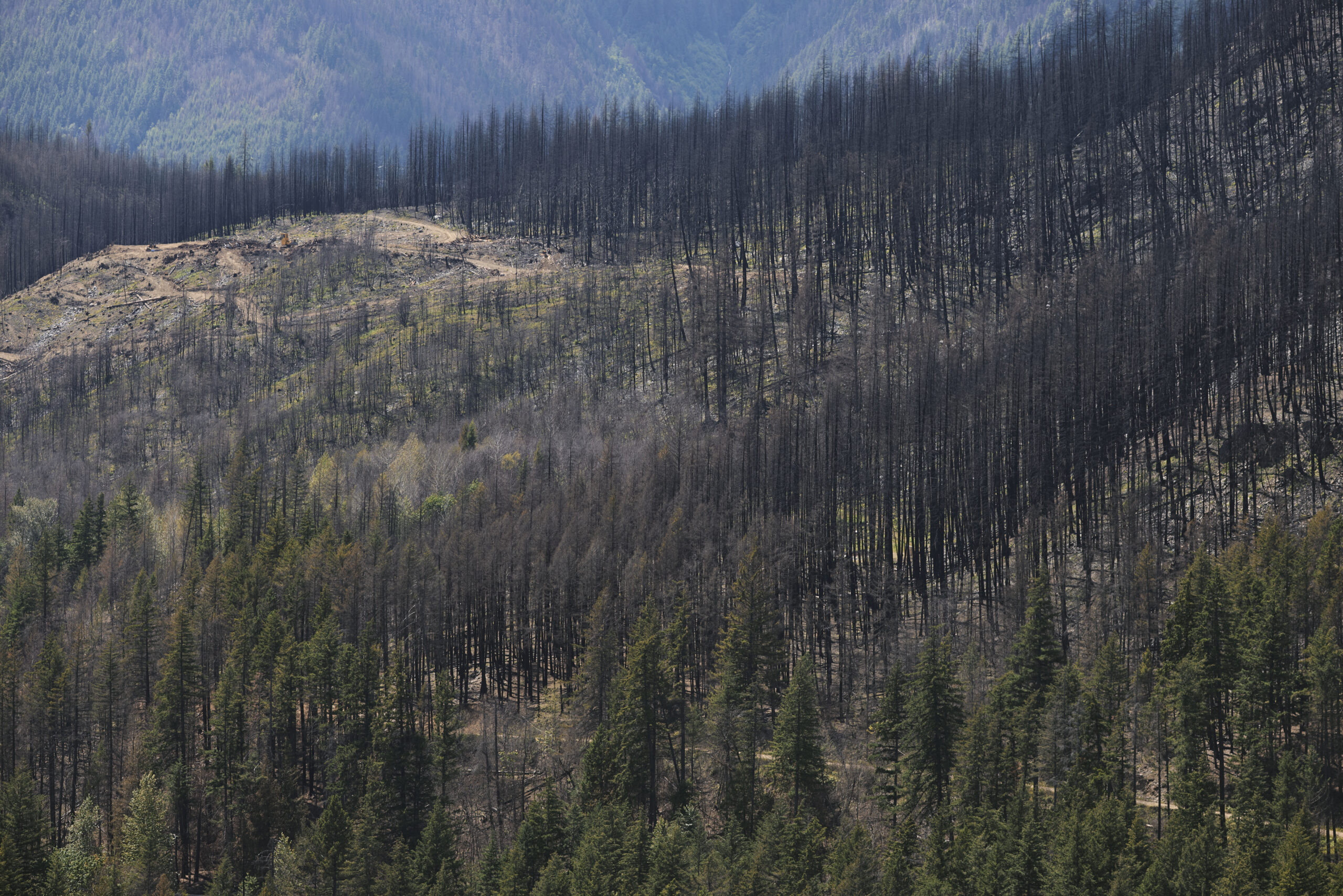
Logging can harm fish habitat by reducing shade or increasing the sediment that can flow into streams. But Zeman noted there’s already been salvage logging across large stretches of forest affected by pine beetle infestations around the Upper Fraser and Nechako. “So, we missed that boat decades ago,” he said.
“Is it going to hurt? No. Is it going to make a substantive difference for these fish? No,” he said.
At the same time, the tools available under the Forest and Range Practices Act won’t do much to address other, sometimes more pressing, threats, Zeman added. He pointed to hydroelectric dams in the Columbia River as a major barrier for white sturgeon, as one example.
“Getting rid of some dams would really help, like our neighbours to the south have been doing,” he said, referring to major dam removal projects underway in the U.S. to restore fish populations.
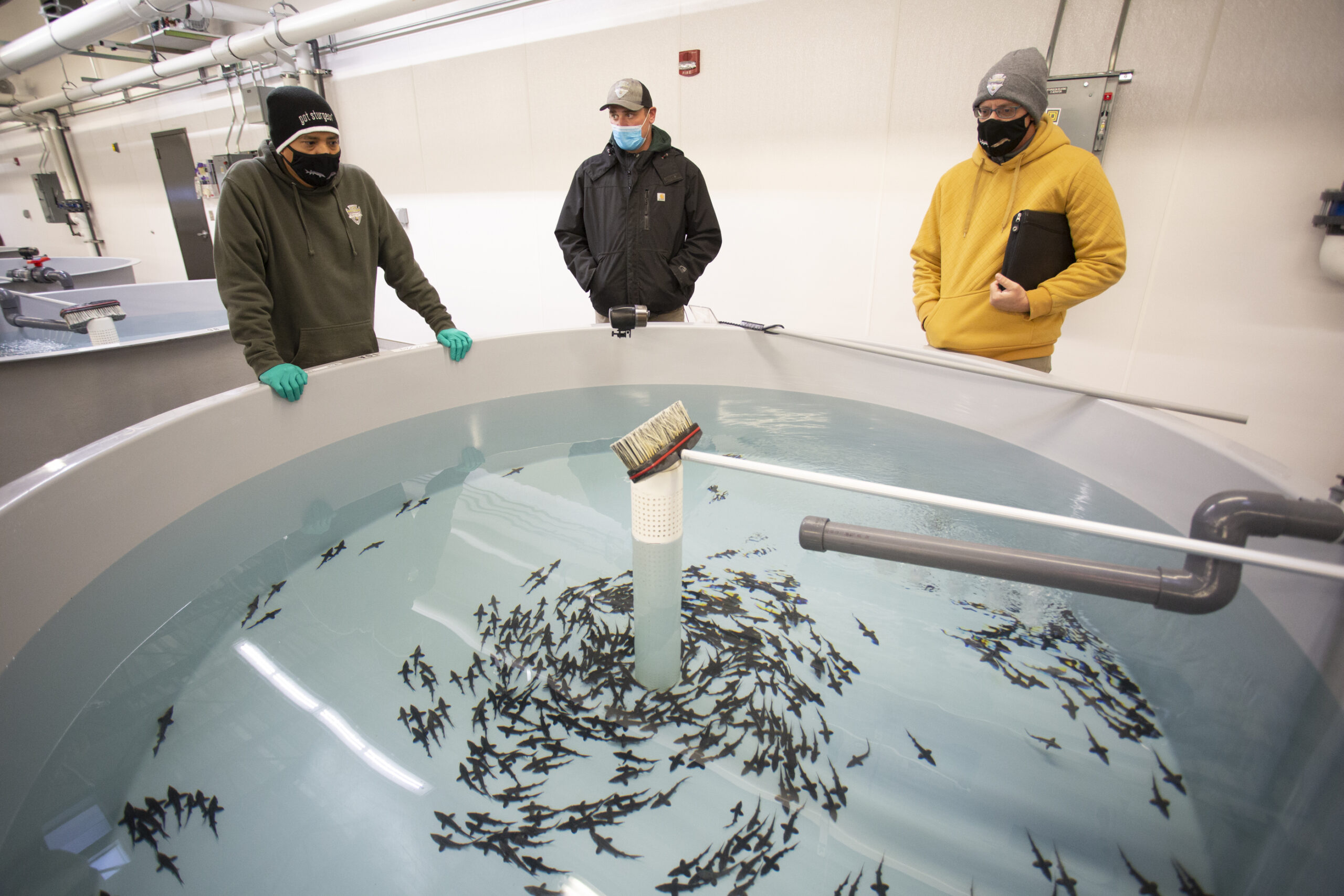
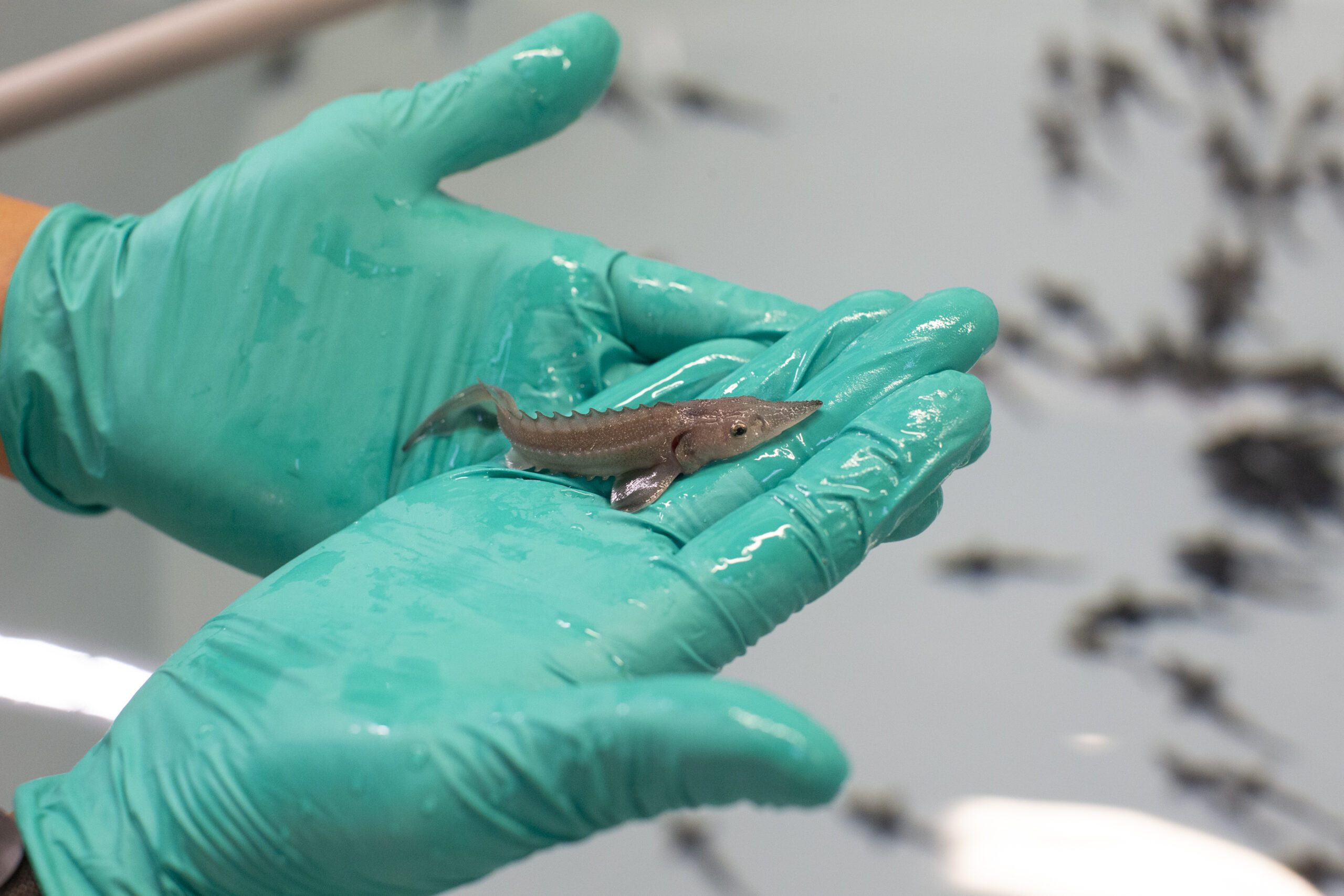
In a statement, a spokesperson for the Ministry of Water, Land and Resource Stewardship acknowledged that in some cases the tools available under the Forest and Range Practices Act may not address the major threats to some species. But the spokesperson said they can be part of broader recovery strategies, pointing to the potential benefits of reduced logging on fish habitat as an example.
The spokesperson added that the provisions under [the Forest and Range Practices Act] and [Energy Resource Activities Act] are part of “a suite of laws,” including the Parks Act and the Wildlife Act, the government uses to manage at-risk species and their habitat.
It’s an approach, though, that’s been described as piecemeal and criticized for legal gaps that leave species vulnerable.
For years, conservation groups and First Nations have raised concerns B.C. has prioritized the needs of natural resource industries over fish and wildlife, leading to the dramatic declines of several species. But over the past several years, the provincial government has been working to modernize its forestry policies, including through updates to the Forest and Range Practices Act and associated regulations.
Two potentially significant shifts include an increase in regional forest planning, which will identify where and how forestry activities can take place in different areas, and the removal of the “unduly” clause from regulations.
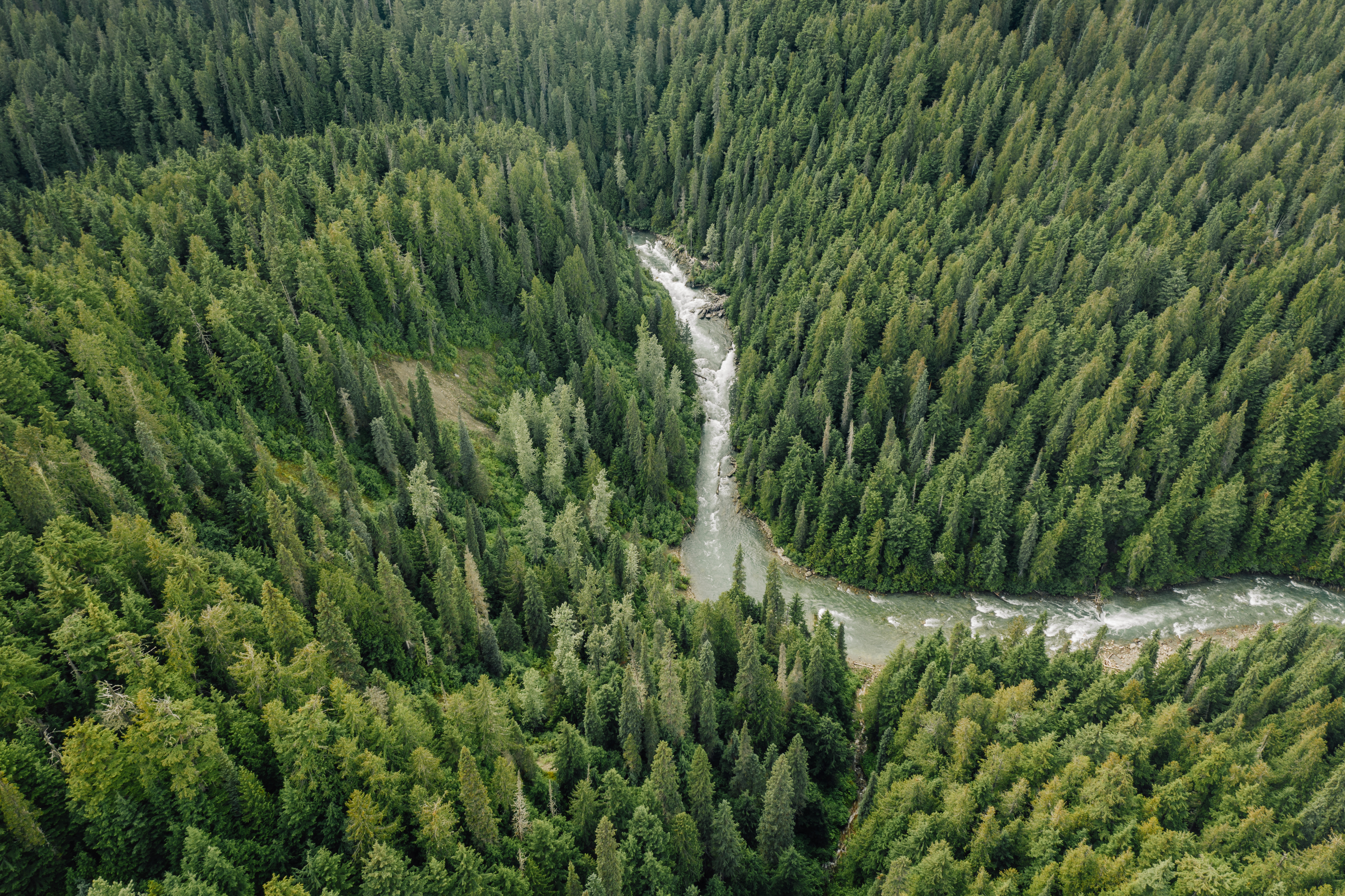
Korpan is interested to see whether the removal of that clause leads to stronger protections for species listed under the act — but noted there’s still more to do.
“We need a stand-alone law that specifically prioritizes the protection and better stewardship of biodiversity and ecosystems — and prioritizes that protection and stewardship over natural resource activity,” she said.
Last year, the province released a draft biodiversity and ecosystem health framework for public consultation, committing to prioritizing the needs of nature and eventually enshrining that commitment in provincial law. But with an election in the offing, it remains unclear when the framework will be finalized or when British Columbians can expect to see a new law. When asked by The Narwhal about the timeline, the ministry provided only a summary of what has been done to date.
Get the inside scoop on The Narwhal’s environment and climate reporting by signing up for our free newsletter. On a warm September evening nearly 15...
Continue reading
Premier David Eby says new legislation won’t degrade environmental protections or Indigenous Rights. Critics warn...

Between a fresh take on engagement and our new life on video, our team is...

The public has a few days left to comment on Doug Ford’s omnibus development bill....
